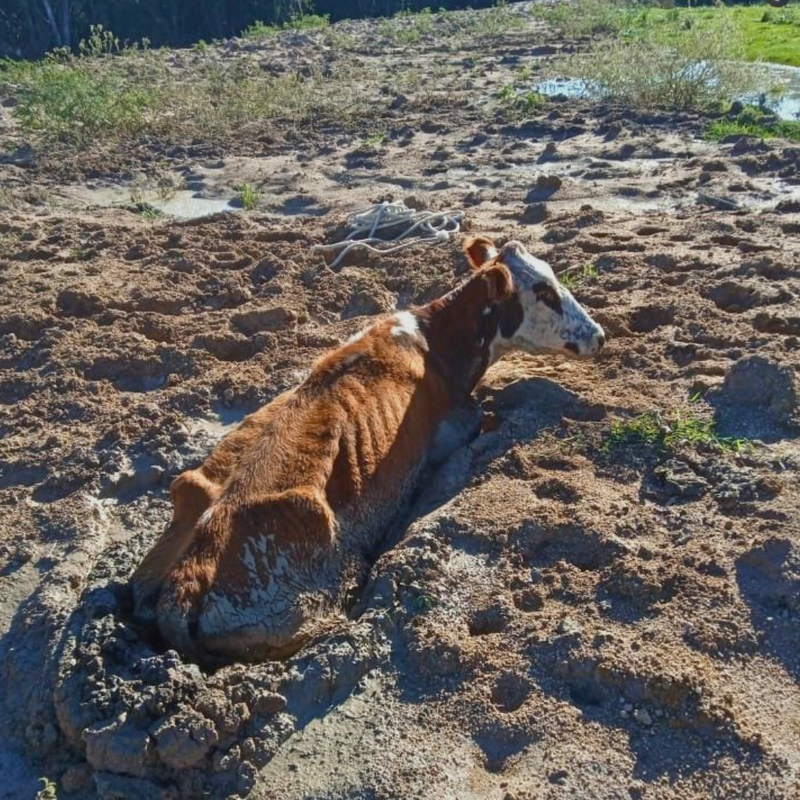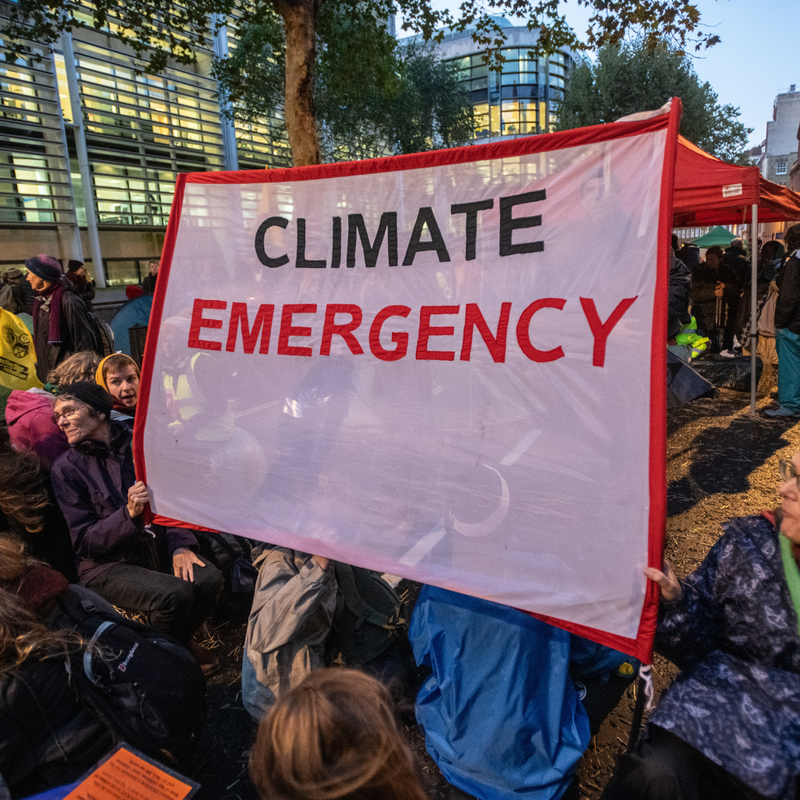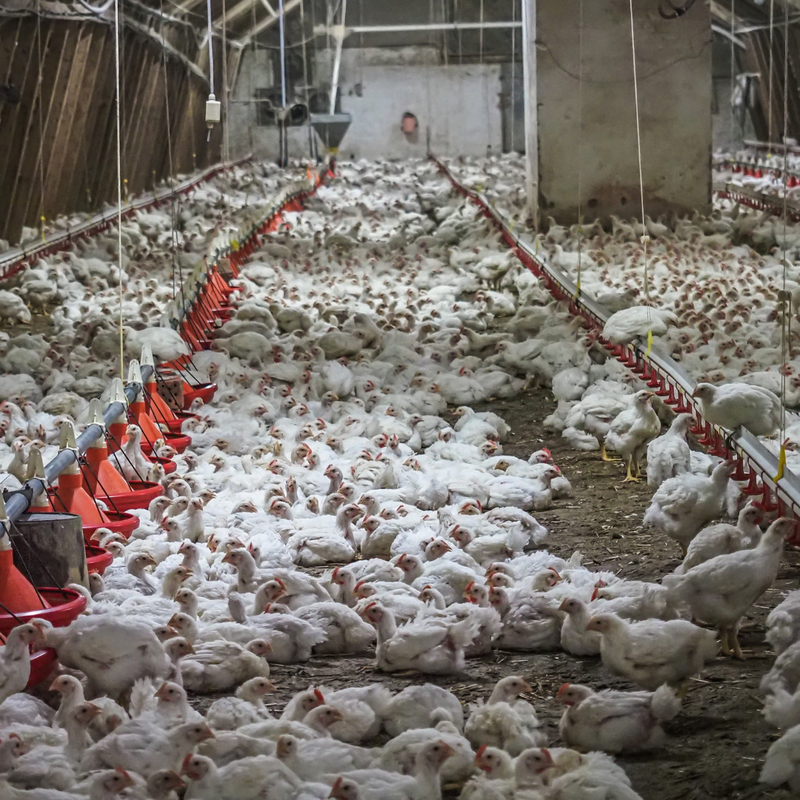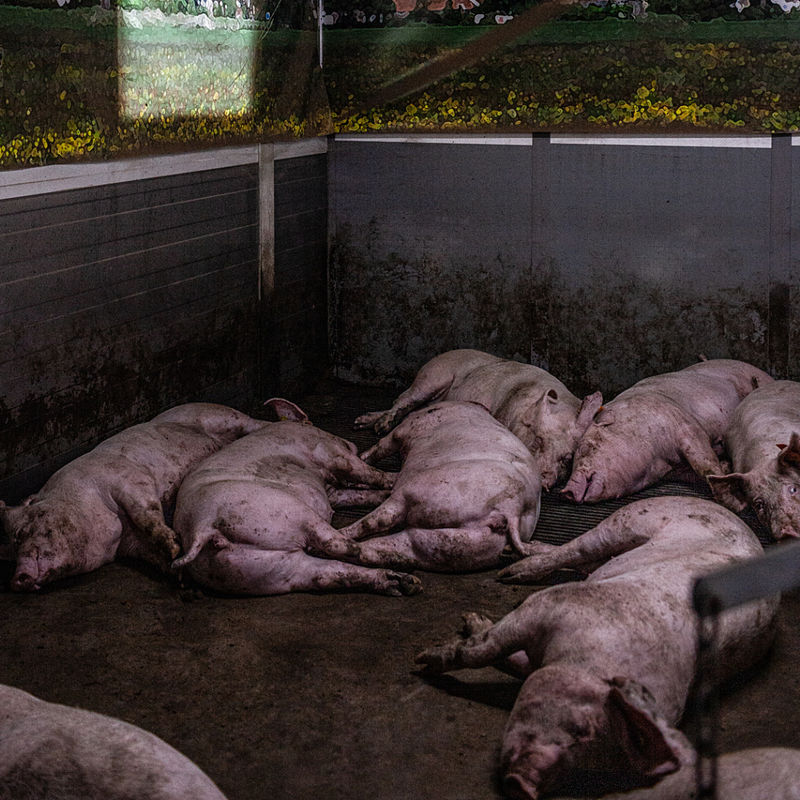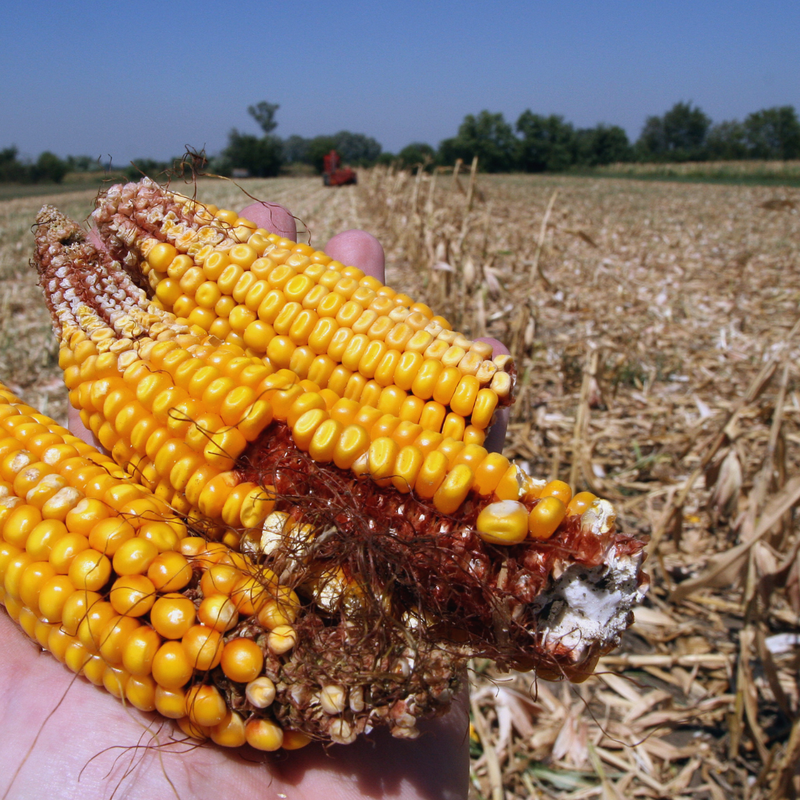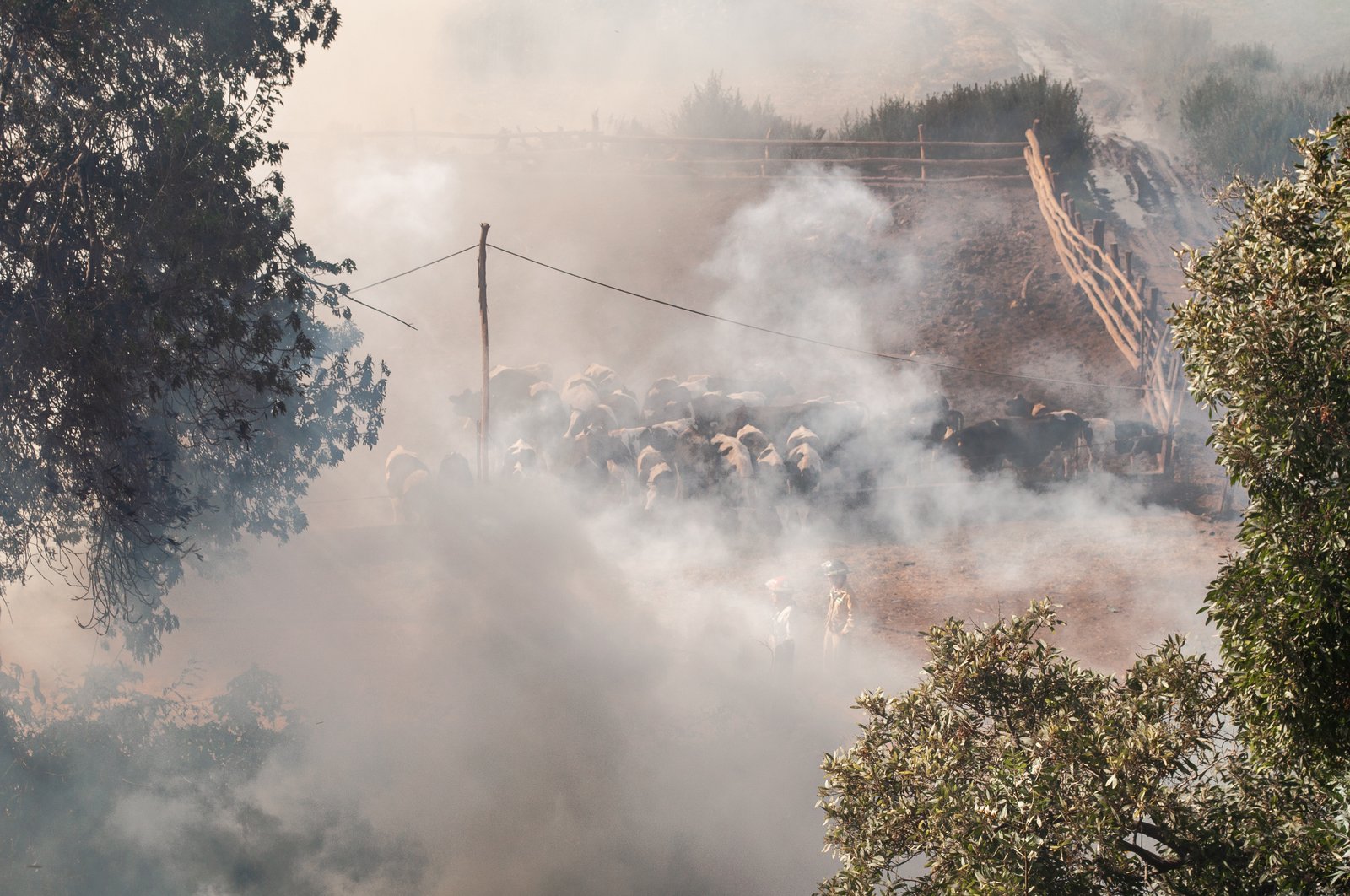Poland
Killer heat wave highlights factory farming weaknesses
In the summer of 2023, Poland experienced an intense heat wave. This was part of a series of extreme temperature events across Europe attributed to climate change which caused more than 47,000 deaths across the continent. The Polish Government Security Centre issued heat warnings with Legionowo, near Warsaw, recording 35.5°C in August.
Animal farming in Poland, dominated by industrial scale operations, is significantly impacted by climate change, implying a “notable risk in animal welfare”. Impacts on the farmer include reduced production. The repeated drought led to reduced access to both water and feed, resulting in lower production levels - maize production decreased by 39% in 2006 and 2015.
Maintaining appropriate temperatures in industrial animal agriculture is a significant issue. In July 2023, 1,000 pigs on a farm in Bydgoszcz, central Poland, died when the ventilation system failed. The pigs suffocated after an error in the system meant that oxygen was not filtered into the unit, and the intense heat placed extra strain on the cooling system.
Farmer Hanna Szypryt told Tygodnik Poradnik Rolniczy: “On the evening of 10 July, I closed the pigsty and made my rounds. I always pay attention to the following: electricity, air conditioning, ventilation, the most important elements. We turned on the alarms and went to sleep. What I saw when I opened the pigsty in the morning was shocking. I wouldn't wish such sights on anyone. All our effort, all our work, was ruined.” The farmers' insurance did not cover the losses, so the local community launched a donation appeal to help the farm.
Image credit: Human Cruelties / We Animals



